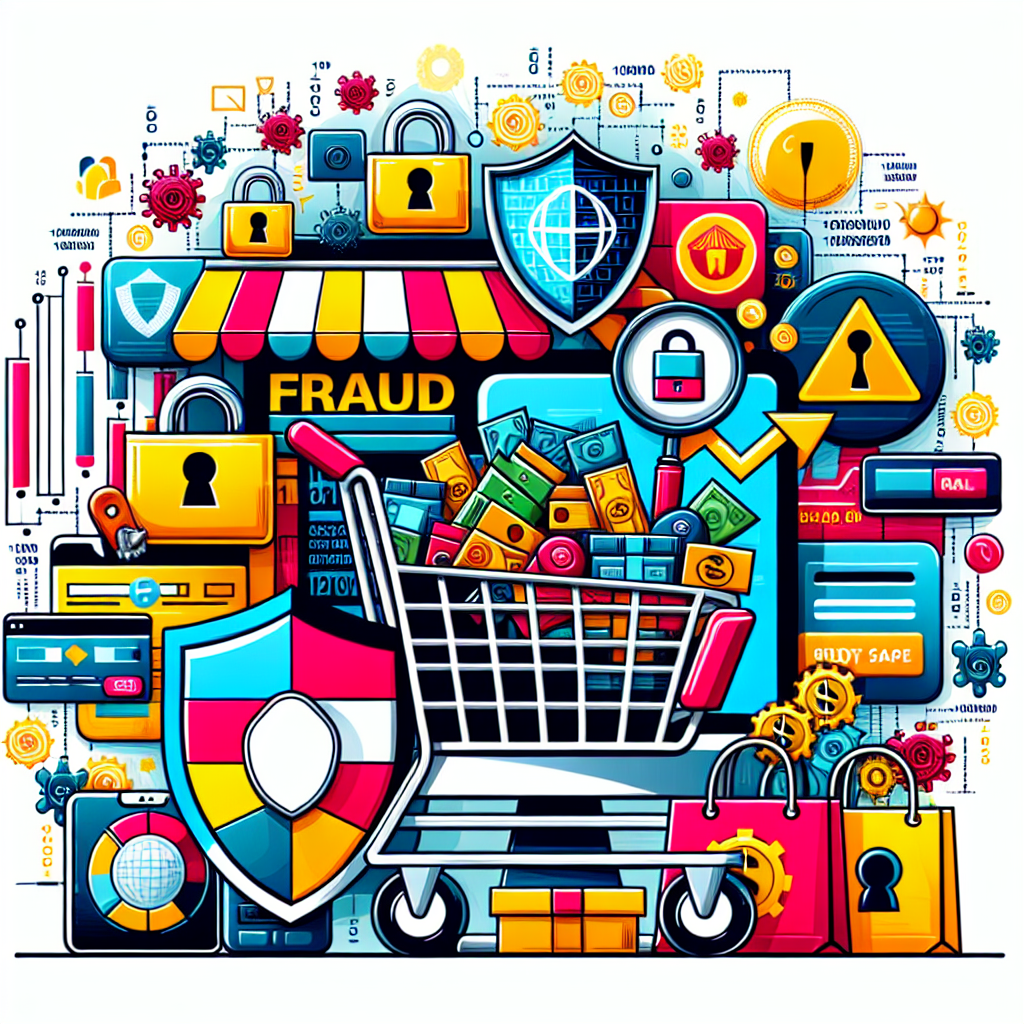
Ecommerce Fraud Will Surpass $100 Billion by 2029
The landscape of online commerce is rapidly evolving, bringing with it a myriad of advantages and challenges. One of the most alarming trends writers and analysts are closely monitoring is the escalating problem of ecommerce fraud. With projections indicating that ecommerce fraud will exceed $100 billion by 2029, it is imperative for retailers, consumers, and cybersecurity experts to understand the nature of this growing issue and seek prudent measures to combat it.
The Scope of Ecommerce Fraud
Ecommerce fraud refers to various forms of deceptive practices that aim to illegally acquire funds and merchandise through online transactions. This includes credit card fraud, account takeover, friendly fraud, and more. The increasing reliance on online shopping coupled with sophisticated tactics employed by cybercriminals has led to significant financial losses for businesses and consumers alike.
Key Types of Ecommerce Fraud
To effectively combat ecommerce fraud, it is essential to understand its different forms. Here are some of the most prevalent types:
- Credit Card Fraud: This occurs when stolen credit card details are used to make unauthorized purchases online.
- Account Takeover: Cybercriminals gain access to legitimate customer accounts, often through phishing schemes, and hijack them for fraudulent activities.
- Chargeback Fraud: Sometimes referred to as friendly fraud, this involves customers disputing legitimate transactions after receiving their goods, essentially trying to get their money back without returning the product.
- Fake Return Fraud: Customers purchase items, use them, and return them alleging defects or claiming they never received them.
- Discount Abuse: Fraudsters exploit promotional offers and discounts in a manner that leads to business losses, such as by using multiple accounts to benefit from referral bonuses.
The Financial Implications of Ecommerce Fraud
The staggering forecast of over $100 billion in ecommerce fraud by 2029 reflects a broader financial threat to the global economy. Retailers, especially small and medium enterprises, are particularly vulnerable.
Breakdown of Financial Losses
The financial repercussions of ecommerce fraud can be broken down into several categories:
- Direct Financial Losses: This includes the total amount lost due to fraud including products and services without payment.
- Chargeback Fees: Retailers often incur additional fees when customers dispute charges leading to a chargeback.
- Increased Operational Costs: Combatting fraud requires investment in advanced technology, staff training, and enhanced security measures.
- Reputation Damage: Incidents of fraud can tarnish a company’s reputation, leading to loss of customer trust and subsequent decline in sales.
Impact on Consumers
The fallout from ecommerce fraud is not limited to businesses. Consumers also face significant repercussions:
- Financial Loss: Consumers can suffer directly from theft of their payment details, leading to unauthorized purchases.
- Data Breaches: Many consumers are impacted by large-scale data breaches that expose personal information, making them susceptible to identity theft.
- Emotional Toll: Being a victim of fraud can lead to anxiety, loss of trust in online transactions, and a sense of vulnerability.
Tackling Ecommerce Fraud: Best Practices for Businesses
In the face of rising ecommerce fraud, businesses must take proactive measures to safeguard their operations and protect consumers. Below are some best practices to consider:
1. Implement Robust Security Measures
Investing in advanced security technologies such as:
- Two-Factor Authentication (2FA): An extra layer of security that requires not just a password but also an additional verification step.
- Encryption: Secure sensitive data to protect it from malicious actors.
- Fraud Detection Software: Utilize tools that employ machine learning and analytics to detect and flag suspicious activities in real time.
2. Customer Education
Businesses should proactively educate their consumers on the importance of security practices:
- Encourage Strong Password Practices: Advise customers to use complex passwords and not to reuse them across multiple sites.
- Alert on Secure Transactions: Remind consumers to ensure that websites are secure (look for HTTPS) before making any transactions.
- Report Suspicious Activity: Encourage customers to report any unauthorized purchases or phishing attempts.
3. Regularly Review Policies and Practices
Staying ahead of fraud means continually assessing and updating security measures:
- Conduct Regular Audits: Routine checks on transactions, data handling, and user access permissions to spot vulnerabilities.
- Update Training Programs: Regularly educate staff on the latest fraud schemes and prevention techniques.
- Follow Compliance Regulations: Adhere to local and international regulations regarding data protection and financial transactions.
The Consumer’s Role in Preventing Ecommerce Fraud
While businesses must take steps to prevent fraud, consumers also play a crucial role in ensuring a safe online shopping experience. Here are some ways customers can protect themselves:
- Use Secure Payment Methods: Opt for payment solutions that offer buyer protection, such as credit cards or digital wallets.
- Monitor Bank Statements: Regularly check for any unauthorized transactions and report them immediately.
- Be Wary of Too-Good-To-Be-True Offers: Exercise caution when encountering deals that seem excessively appealing.
- Utilize Identity Theft Protection Services: Consider enrolling in services that monitor identity use.
Conclusion
As we move towards a future where the ecommerce sector continues to thrive, the shadow of fraud looms larger every day. With projections suggesting that ecommerce fraud will surpass $100 billion by 2029, it is essential for all stakeholders involved—from businesses to consumers—to recognize the urgency of combatting this threat. By implementing robust security measures, staying educated, and working together, we can build a safer online shopping environment for everyone.



